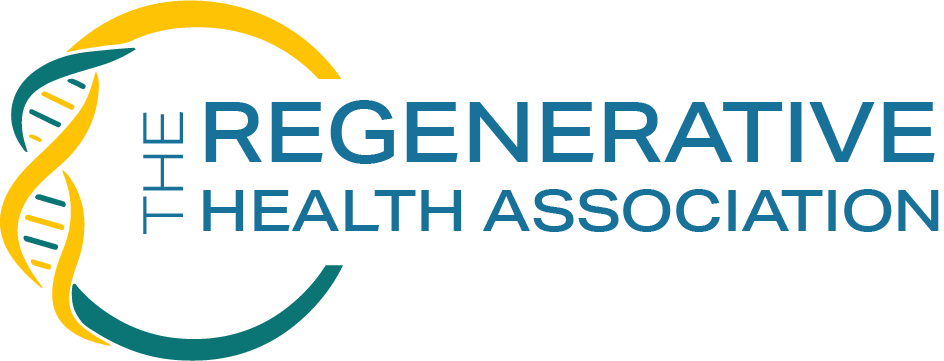As diabetes continues to impact over 800 million people globally, research is expanding beyond insulin-producing beta cells to include the lesser-studied but equally important alpha cells. A study led by Dr. Quinn Peterson and colleagues at the Mayo Clinic has developed a new model of human alpha cells derived from stem cells that closely mimic the behavior of pancreatic alpha cells in diabetic conditions.
While beta cells lower blood glucose by producing insulin, alpha cells work in opposition by secreting glucagon, which raises blood glucose levels. In diabetes, not only do beta cells become dysfunctional, but alpha cells also exhibit abnormalities—such as elevated glucagon secretion—even when it’s not physiologically appropriate. These changes contribute to the difficulty of maintaining stable blood sugar levels.
Published in Stem Cell Reports, the Mayo Clinic study describes a method to generate alpha cells from immature human stem cells. These stem cell-derived alpha cells behave similarly to native pancreatic alpha cells and secrete glucagon at comparable levels. Notably, when placed in environments that simulate diabetic conditions, these cells exhibited increased glucagon secretion and alterations in gene expression—paralleling alpha cell dysfunction observed in patients with diabetes.
One of the study’s significant findings is the reversal of abnormal glucagon secretion using Sunitinib, an FDA-approved cancer drug. This demonstrates the model’s potential for drug screening and therapeutic exploration.
The availability of a scalable, disease-relevant model of human alpha cells offers researchers a new tool to investigate the underlying mechanisms of glucagon dysregulation and to test pharmacological interventions aimed at restoring alpha cell function.


